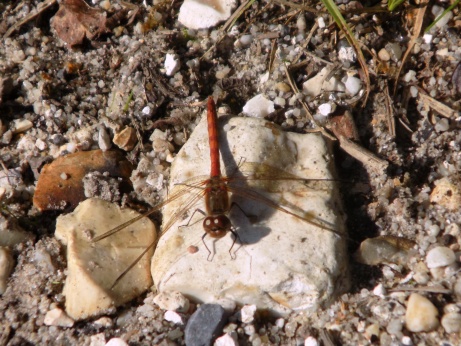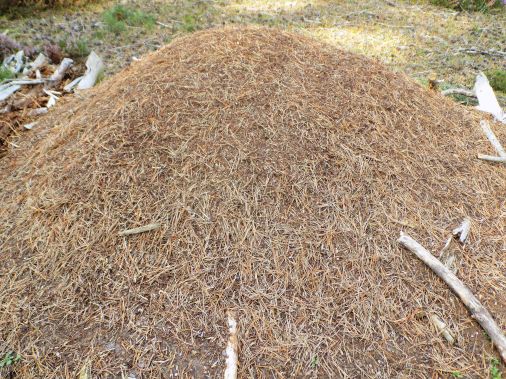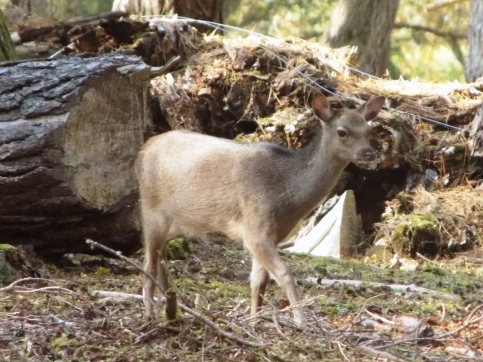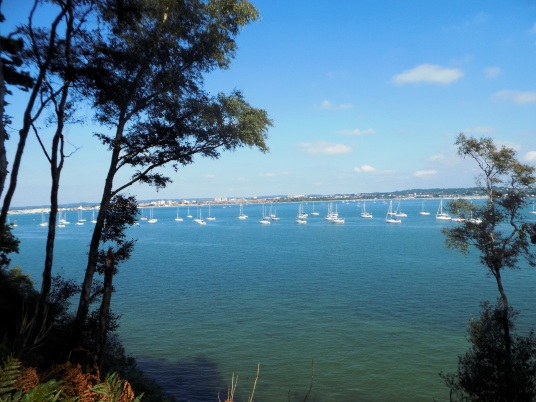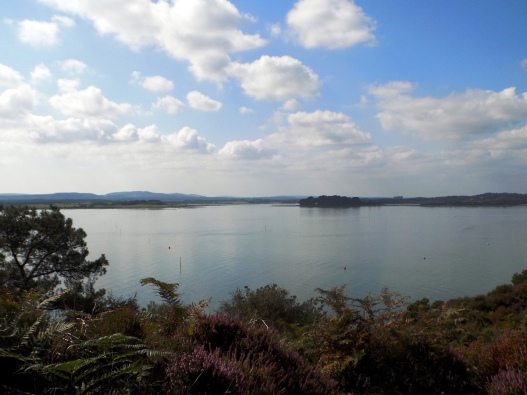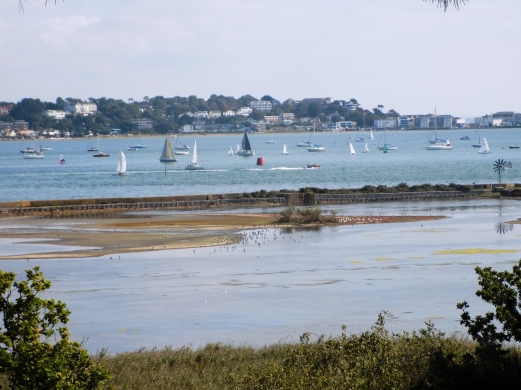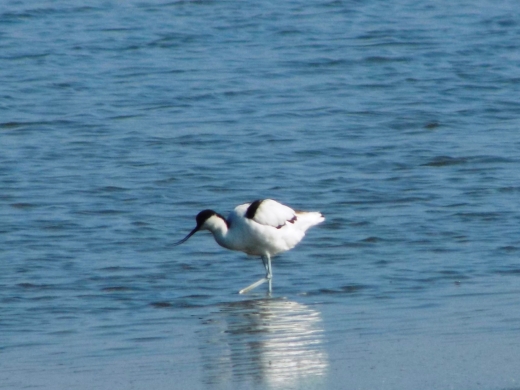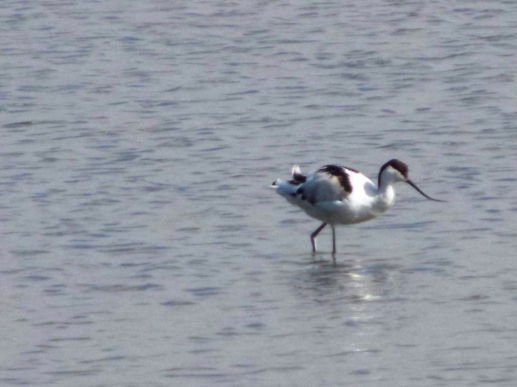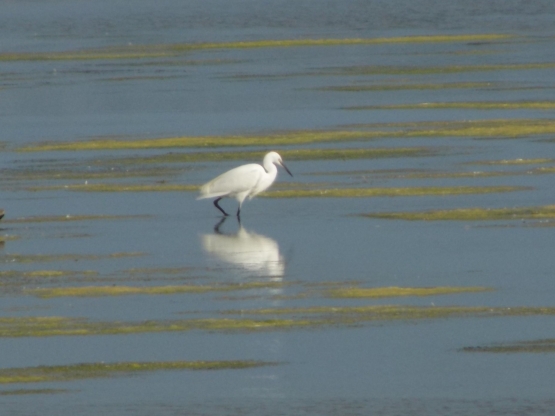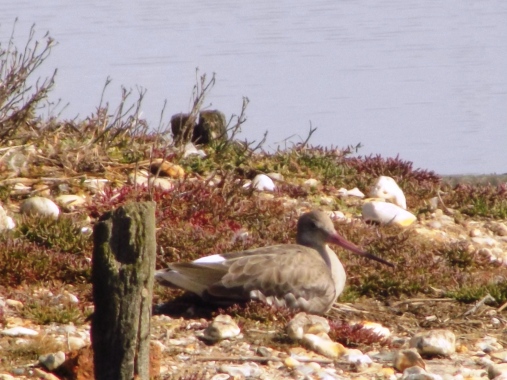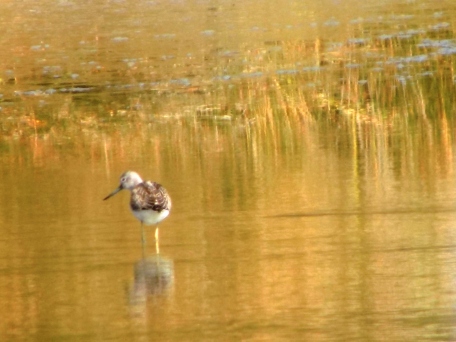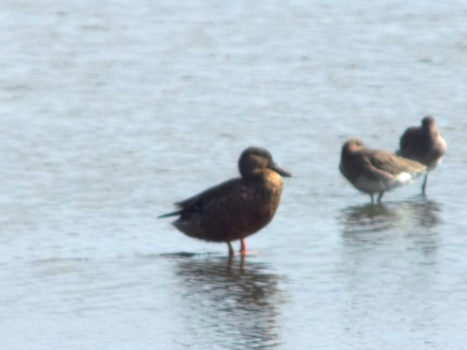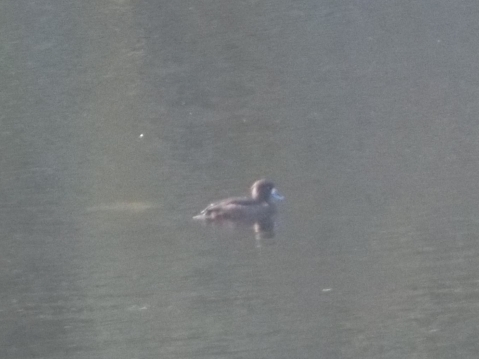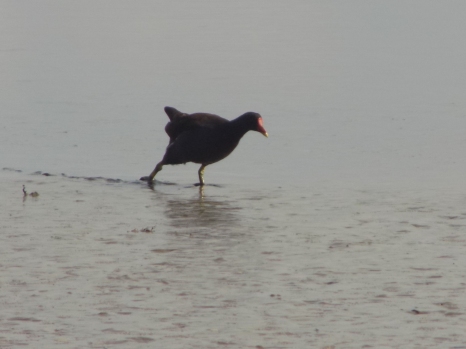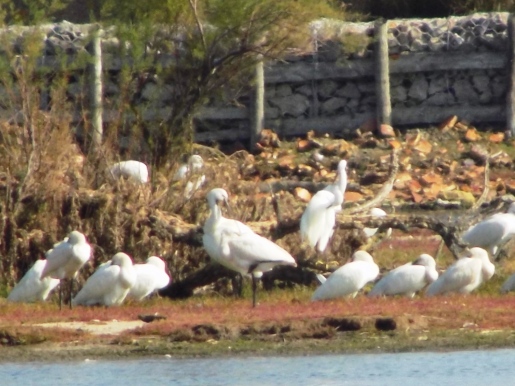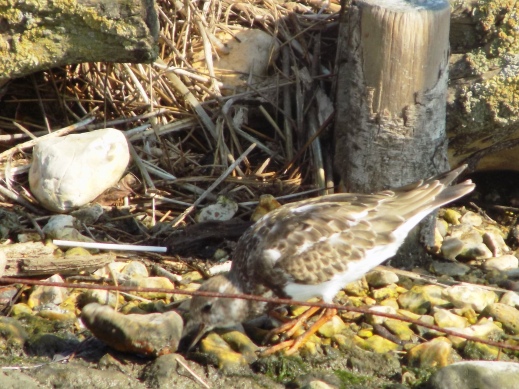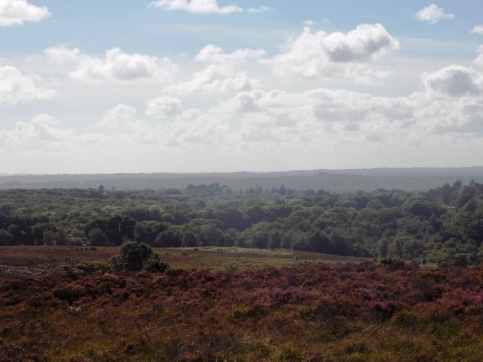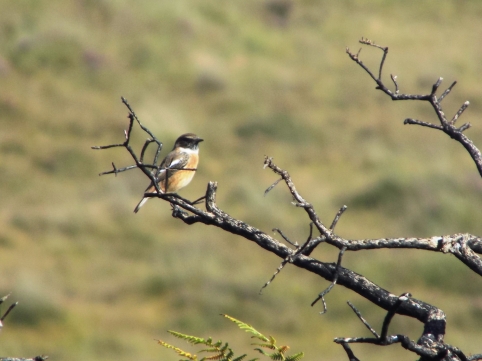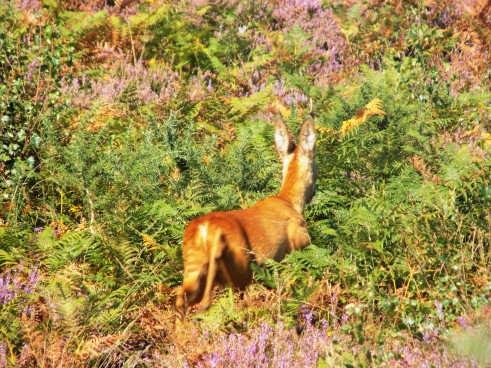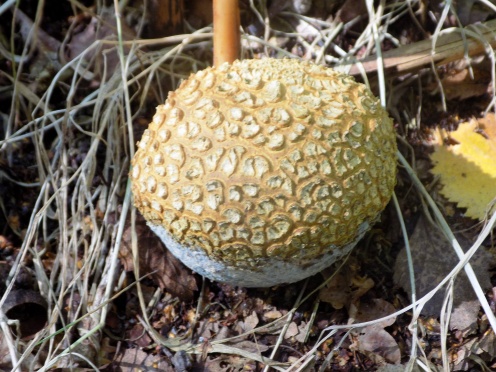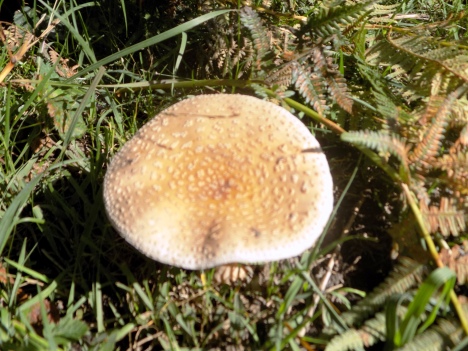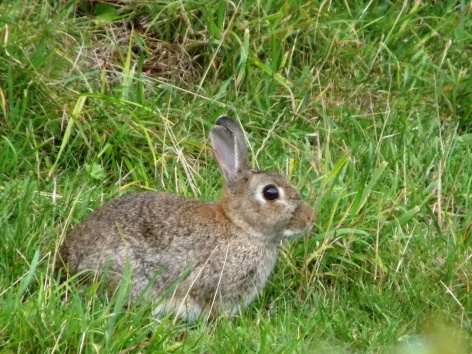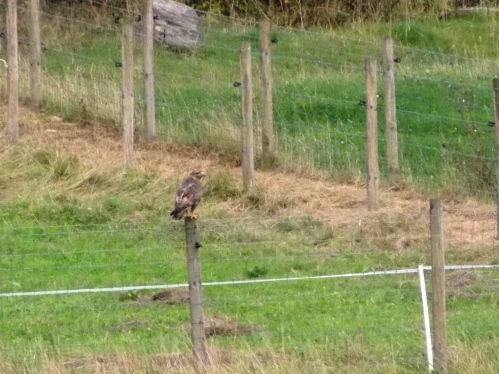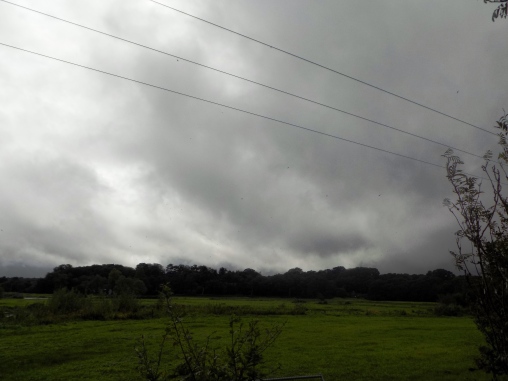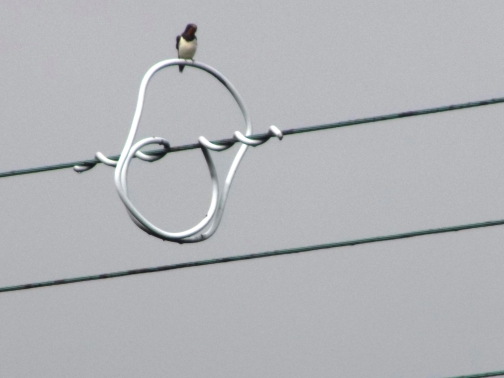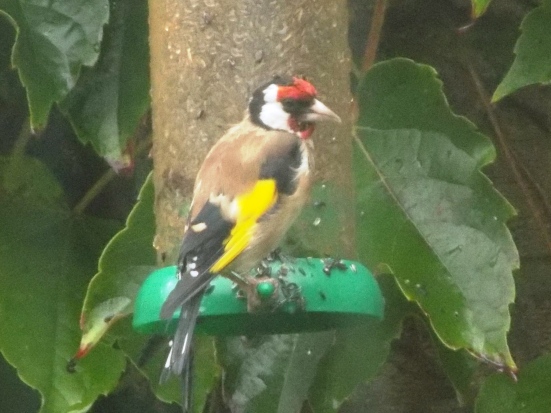This blog was filled with my adventures on Brownsea Island last week so I’ve got plenty to catch up with!
I visited the nearby Blashford Lakes reserve last week which is starting to liven up now Autumn has begun. The highlight was the huge flock of house martins stopping for a feed on their way South.
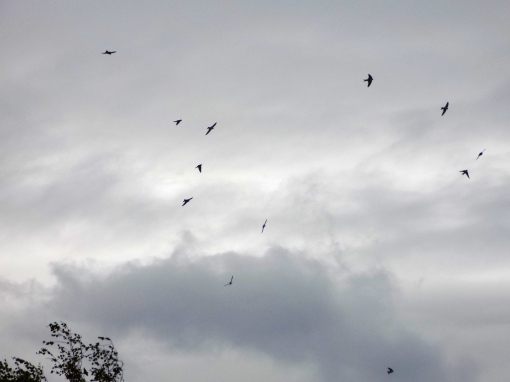

My most interesting spot on the lakes themselves was this stunning shoveler. That beak is a whopper!
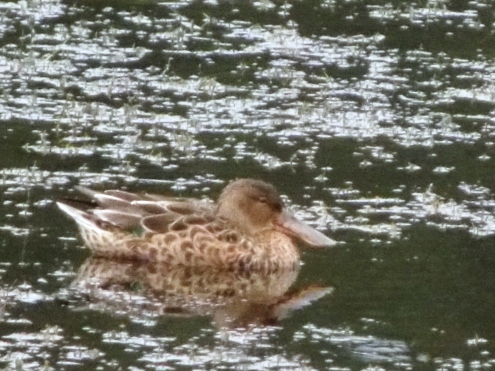
Also present were most of the usual like this great crested grebe and these cormorants.


I also saw this Pied Wagtail which was doing its best to convince itself it was a freshwater bird.

Things were very quiet in the woodland hide with few birds other than chaffinches and great tits.
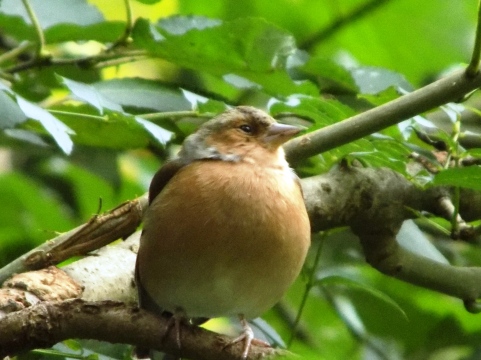
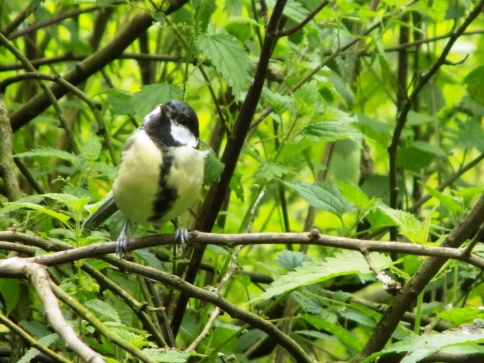
There were a few grey squirrels hanging around too.
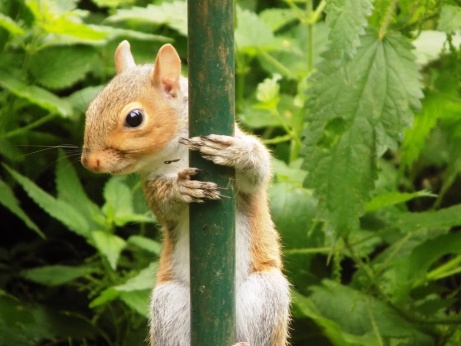
There were lots of different fungi around Blashford’s woods. I found some Paxillus:
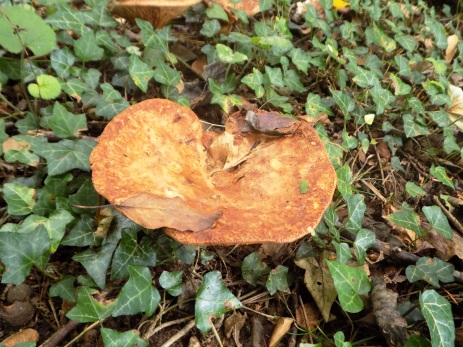
I also found a few milkcaps:
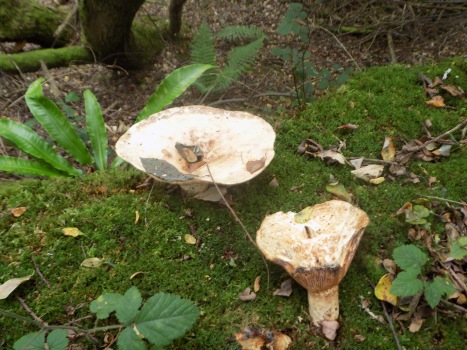
In the garden magpies are starting to become regular visitors:
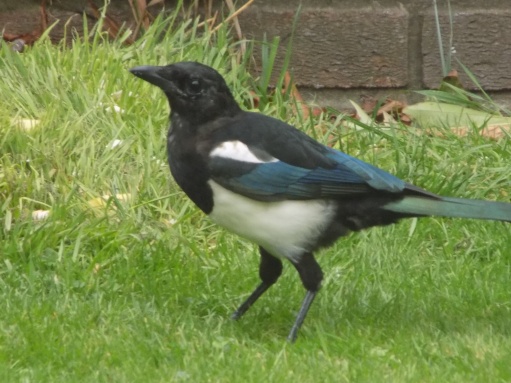
Whilst magpies have always been occasional visitors to the garden it is only within the last few months that they have started to appear more regularly. Generally they seem to arrive when the garden is otherwise empty. I’ve seen up to four at one time and it’s now become a common sound to hear them chattering away somewhere in the vicinity of the house.
Another regular visitor is our solo feral pigeon.
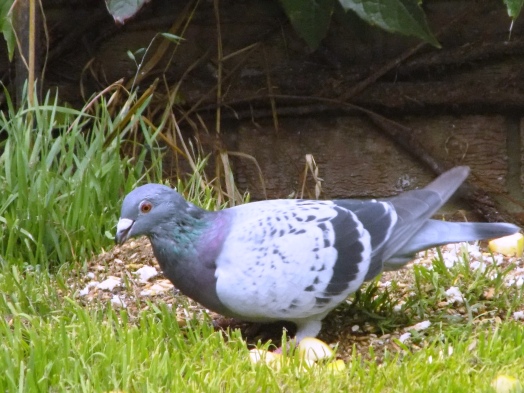
I have discussed the feral pigeon here before- it’s something of an enigma. In a suburban area it is the only feral pigeon around and often spends time with collared doves and woodpigeons. It has been absent for most of the summer but over the last weeks has reappeared again.
Spider season is well under way and our house is home to many. They come out at this time of year to look for mates. A recent resident in my bathroom is this Steatoda nobilis, the Noble False Widow.
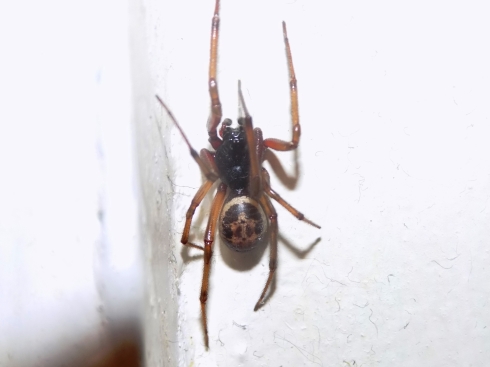
A more fleeting appearance came from this monster house spider.
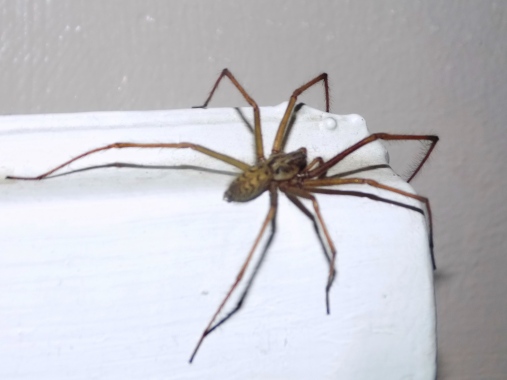
I know a lot of people really dislike spiders but I find them incredible photos. The house spider was big for a British spider but it’s completely harmless to humans. The false widows are the ones that the tabloids often go a bit crazy about at the time of year saying they are dangerous. Compared to other British spiders they are more dangerous and can bite you but there is no evidence to suggest that these bites will do you any real damage. Besides, who ever heard of someone being bitten by one?
That’s all for today but I’ll be back soon to share more.


